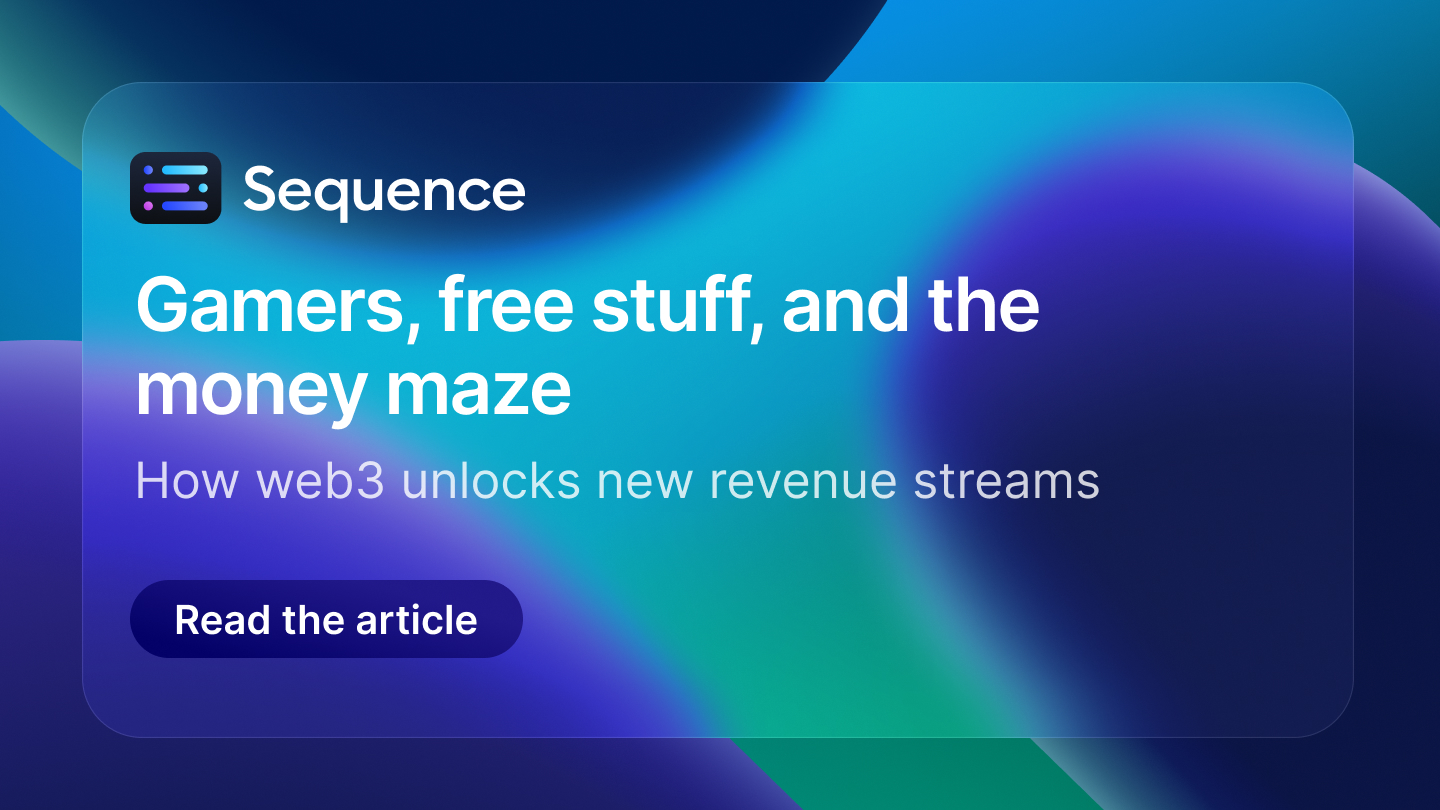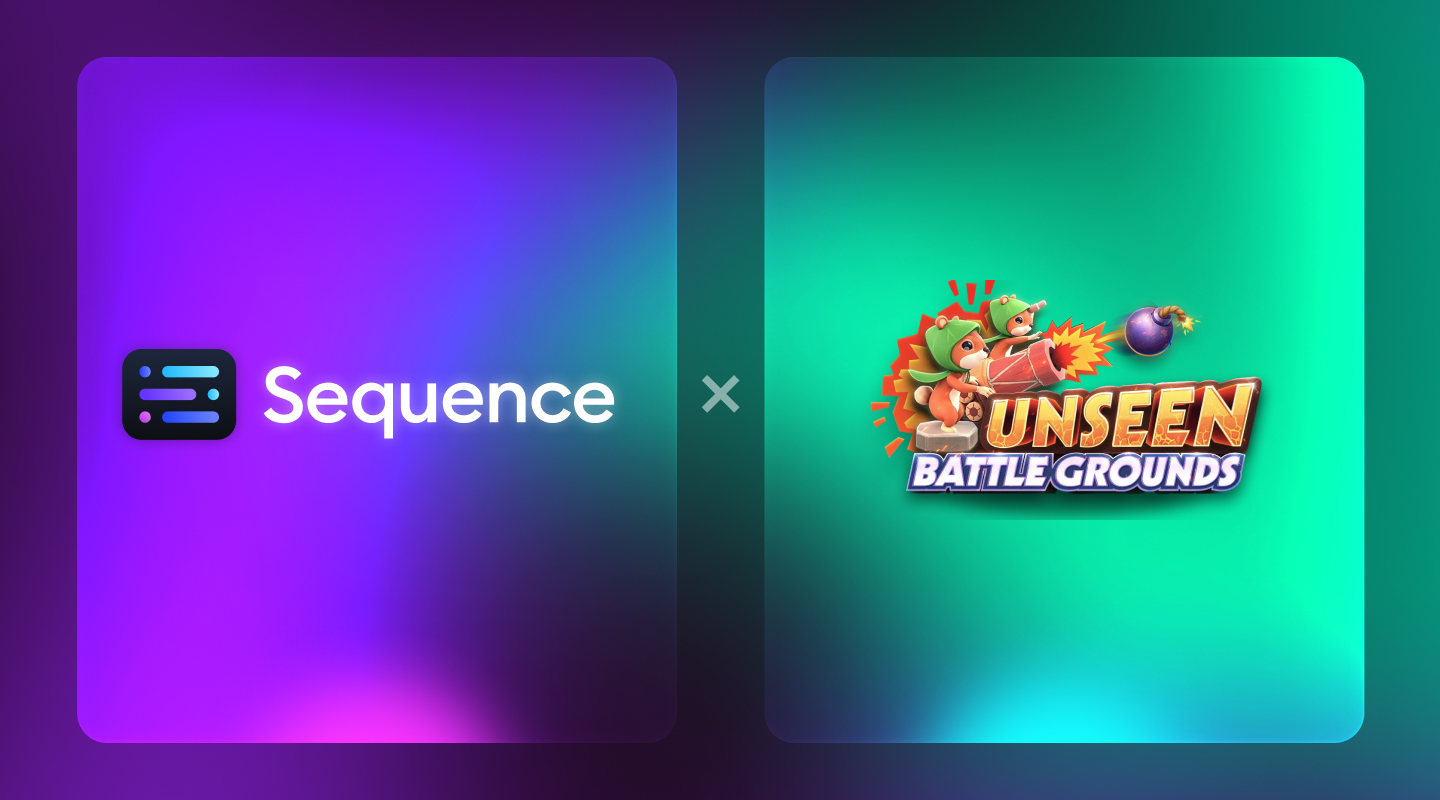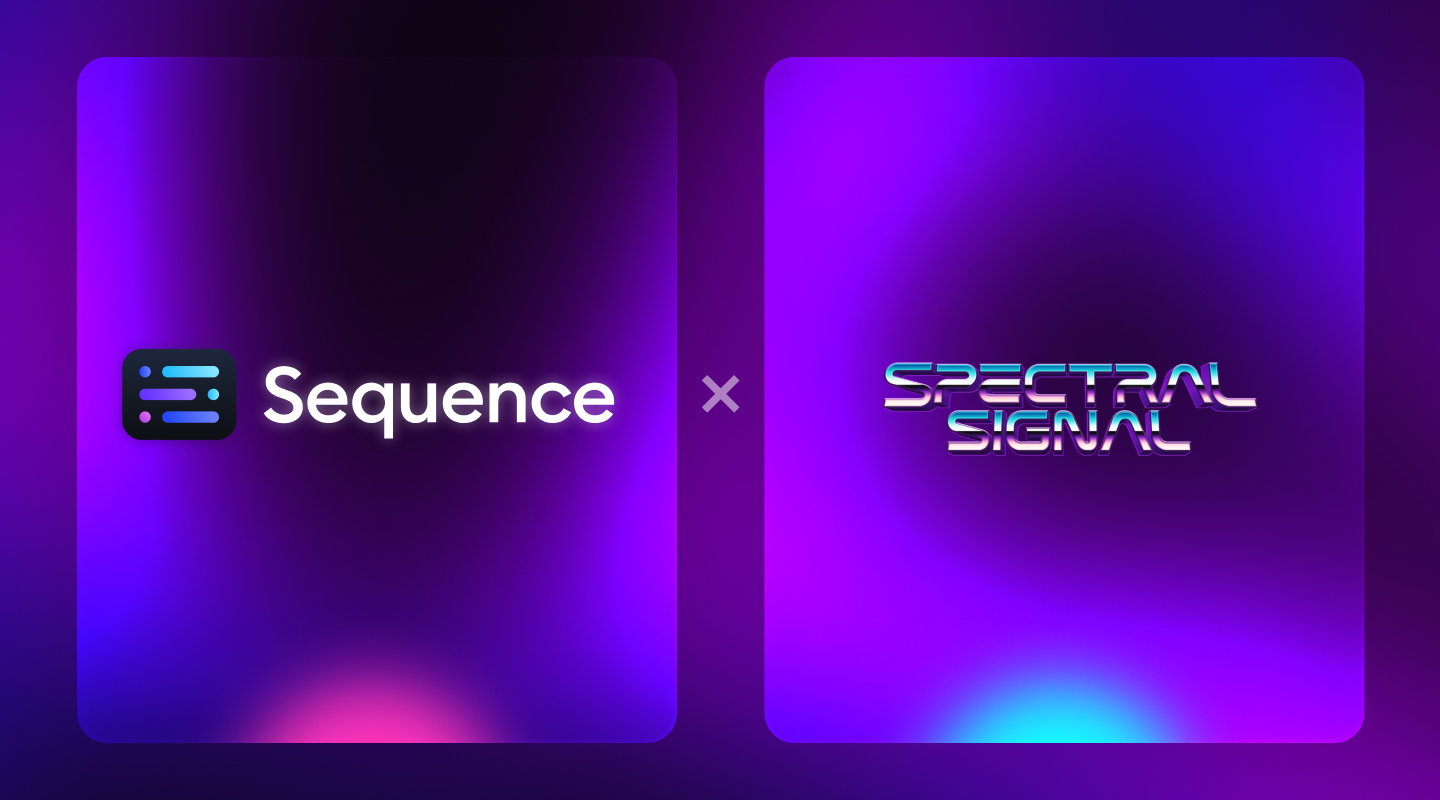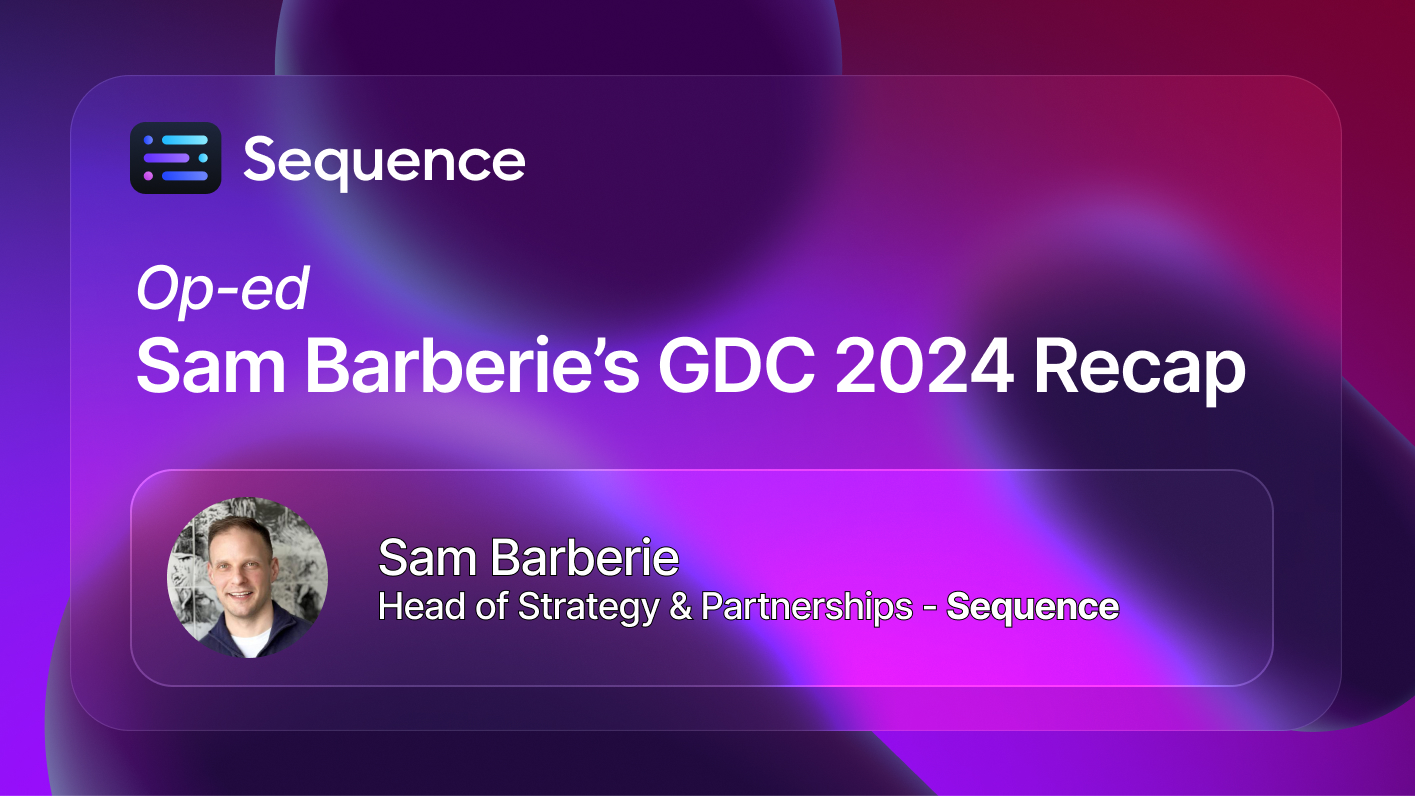
The gaming industry finds itself at a crossroads, with players increasingly expecting a continual supply of free content, posing a challenge for studios striving to remain profitable. This raises the question: What are the prevailing obstacles to monetizing player engagement, and how could web3 technology pave the path to a viable solution without giving up what free-to-play can offer?
The free-to-play paradox: a double-edged sword
The free-to-play model (F2P), which started in PC gaming but was popularized by mobile, has undeniably improved the accessibility of games by eliminating the barrier to entry for players, ultimately making gaming the largest entertainment category on the planet.
However, this accessibility comes at a price.
Recent data shows that average revenue per player (ARPU) is starting to stagnate/decline. There are multiple possible reasons for this, including growth in the gamer audience in developing markets where player spend is naturally lower. But it may also be that players—especially gamers who grew up natively with F2P—are getting too used to not paying.

This is very different from the history of gaming, where premium downloads and paid additional content ruled: $60 price points for games, $15 for DLC, etc.
Game studios often have difficulty converting these types of players into paying customers. For those players who do spend, the difficulty centers on achieving a sustainable average revenue ARPU that supports ongoing development while ensuring studio profitability.
Traditional methods of monetization, such as in-app purchases and tiered subscriptions, are reaching a point of diminishing returns. This has led to a situation where game studios are being forced to constantly innovate and experiment with new engagement strategies that keep players hooked and spending. However, many players perceive the following gameplay designs as misleading:
Gacha mechanics: Employing a lottery-like system to entice players into spending real money on a chance to acquire rare in-game items.
Excessive pay-to-win elements: Creating an uneven playing field where players who spend more gain a significant advantage over those who don't.
Cosmetics with hefty price tags: Offering purely aesthetic items at exorbitant prices, often criticized for preying on players' desire for personalization and social status within the game.
While these monetization strategies undoubtedly generate income for game developers and studios, they frequently result in player frustration and an increasing feeling of disenchantment. Such outcomes can detrimentally affect the long-term vitality of both the game and the broader industry.
A paradigm shift: web3 in gaming
Web3 gaming offers a promising resolution by incorporating an innovative economic framework centered on ownership, trading and verifiable scarcity, while also keeping the benefits of F2P. This approach has the potential to transform the monetization landscape as follows:
Empowering players through genuine ownership: Web3-powered games leverage blockchain technology to assign in-game items — such as non-fungible tokens (NFTs), achievements, and more— with verifiable item history, metadata, and ownership. This enables players to truly own these items, fostering a sense of deeper engagement and retention in the game’s economy.
Secondary markets and player-driven economies: Players can freely trade their owned NFTs on marketplaces, creating a dynamic secondary economy. This empowers players to recoup their spending, further incentivizing them to engage with the game's ecosystem and increasing ARPU.
Lowering the barrier to entry: Secondary markets could potentially offer players a cheaper entry point into the game's economy. Instead of being restricted to expensive in-app purchases, players might be able to acquire desired items at a lower price point on the open market.
A psychological shift in spending: The knowledge that an in-game item holds inherent value, and the fact that it can be resold, often fosters a more responsible spending approach. Players are likely to be more discerning in their purchases, prioritizing items they believe will hold their value or offer utility within the game's ecosystem.
“We’re seeing Web3-based games enable higher player retention and spend. For example, Hunters On-Chain, an action RPG leveraging web3 by BoomLand, sees 4.5x higher D30 retention, 7.2x higher ARPU, and bigger spending from whales compared to the web2 version of the game.”
Michael Sanders, Chief Storyteller and Co-Founder at Horizon Blockchain Games on VentureBeat
Overall, in-game item ownership and trading could be a game-changer for games’ conversion rates, ARPU, and retention. By offering a lower-cost secondary market and enabling players to recoup some value, it overcomes price barriers, encourages spending through perceived resale potential, and creates more spending opportunities for players with limited budgets, potentially leading to a win-win for both players and game developers.
Of course, the core gameplay experience should remain the primary driver of engagement. An over-reliance on extrinsic factors can overshadow the inherent fun and enjoyment of the game itself which can negatively impact the lifetime value potential of any player.
Additionally, challenges such as technical knowledge, scalability, and security concerns surrounding blockchain technology need to be addressed effectively for widespread adoption.
But there’s a solution! Sequence empowers developers and studios to build robust web3 economies within their games, eliminating the friction often associated with blockchain development, and facilitating monetization while keeping the benefits of F2P models. Features like wallets, marketplaces, gas fees and efficient transactions, player analytics, and SDKs are available to developers within the complete Sequence web3 platform, and accessible through a seamless no-code interface, Sequence Builder.
Sequence ensures that every type of game creator, from indie developers to AAA studios, can focus on building games that players will love. Sequence handles the rest with gold-standard web3 technology that’s designed to support games in acquiring, monetizing, and retaining players — from day one.
Sequence is the leading all-in-one development platform for integrating web3 into games. Onboard, monetize, grow, and retain players with Sequence’s award-winning technology. From collectibles and ownable rewards to fully on-chain experiences, Sequence’s easy-to-integrate platform solves blockchain complexities, so developers can focus on creative execution and delivering amazing player experiences. Trusted by hundreds of games and thousands of developers. Sequence is backed by Take-Two Interactive, Ubisoft, Xsolla, Bitkraft, Brevan Howard, Coinbase, Polygon, and more. To learn more, please visit: https://sequence.xyz/
Written by

Sam Barberie
Head of Strategy and Partnerships
Megan Doyle
Growth Marketing Lead
Nicola Fraccaroli
Content Marketing ManagerRelated posts




